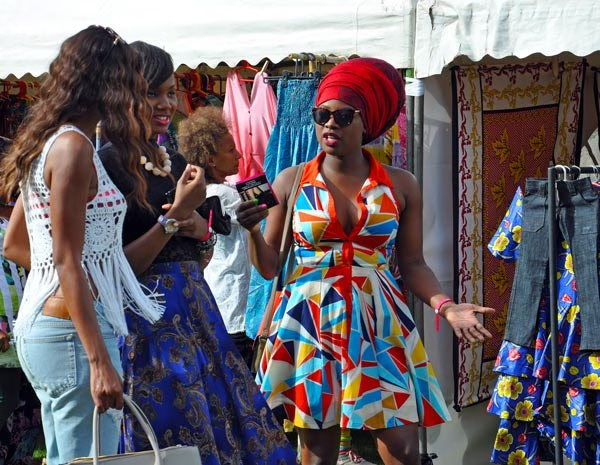Kenya’s textile industry has faced significant challenges over the years, despite its role as a global supplier for major fashion brands in the U.S. through the African Growth and Opportunity Act (AGOA) program. Kenya manufactures garments for well-known names such as H&M, Levi’s, JC Penney, Wrangler, and Otto. However, the country’s local textile industry has struggled to stay competitive, largely due to the influx of cheap imported textiles, financial difficulties, and the removal of protective measures such as price controls.
Historically, Kenya had banned the import of secondhand clothing (known as mitumba) in the mid-1960s to protect its domestic textile industry. This ban was gradually eased in the 1980s to allow for donations to refugees and was lifted entirely in the 1990s as global markets liberalized. The lifting of the ban, combined with the liberalization of the market, exposed Kenyan textile manufacturers to intense competition from low-cost imports, leading to the decline of prominent textile factories like Kisumu Cotton Mills and Mount Kenya Textile Mills.
This situation has left the industry in a difficult position, as local manufacturers struggle to compete with cheaper imported textiles, including secondhand clothing. Efforts to revitalize Kenya’s textile industry will require comprehensive strategies, including investments in local production, better trade policies, and support for the modernization of manufacturing facilities. Despite the challenges, Kenya remains an important player in the global garment supply chain, especially for exports to the U.S. under AGOA.
